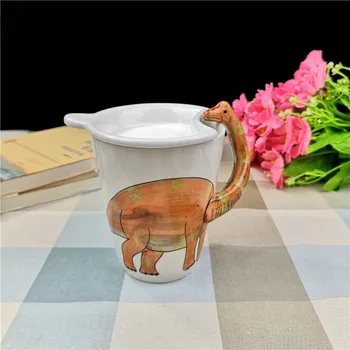International Coffee Day falls on October 1 every year. This is a holiday for all coffee lovers who are basically just about everyone.
To read more about Coffee Day, click on the link.
Everyone talks about the coffee they prefer, when and in what position. One prefers latte coffee before bed and the other granita on a successful date. She prefers chocolate in the winter under the warm blanket (how can it not be spilled on her?), And you? You just love an old-fashioned instant coffee.
Especially for you we have prepared the following short dictionary, of types of coffee, so that you can re-examine your preferences or at least understand what everyone is talking about.
Espresso - a strong black coffee that is prepared by pouring hot water under steam pressure through finely ground beans. Thick and bitter coffee with a reddish-brown foam on the upper edges, which indicates the quality of the pouring.
Latte - a drink consisting of half an espresso with whipped milk. Latte has an amount of about an inch of frothed milk.
Cappuccino - a drink consisting of an espresso, a third cup of hot milk and a third cup of frothed milk. Not recommended for those on a diet.
Iced coffee - coffee of any kind with the addition of ice. When making iced coffee it should be made more concentrated as the ice cubes that are added to it dilute its flavor. You can sweeten the cold coffee with sugar water (hot water containing dissolved sugar). Vanilla, mocha or walnut extracts can be added to iced coffee.
French vanilla - a drink made from an espresso dish with cold milk, with the addition of vanilla flavors.
Filter - coffee that is prepared by pouring hot water through a container with a filter containing coffee beans. The water absorbs the taste and aroma through the coffee beans and arrives in the glass as a fine coffee drink.
Parfait - a cold drink consisting of instant coffee powder dissolved in water and whipped with the addition of milk. The parfait can be upgraded using various flavor additions or using Irish coffee or Bayliss.
Irish Coffee - Coffee with Irish whiskey. Irish coffee is prepared by pouring a long espresso or filter coffee with sugar into a glass of whiskey. Then pour sweet cream so that two layers are formed in the glass: one dark layer of whiskey coffee and a white layer of cream on top, through which the bitter coffee is drunk.
Granita - a drink made of ice in various flavors such as oranges, lemon, mint, strawberry or almond. This is basically iced coffee.
Macchiato - espresso stained with frothed milk. Add a teaspoon of frothed milk to the espresso and you have a macchiato. The opposite drink is latte macchiato: hot frothed milk with a touch of a teaspoon of espresso.
Instant coffee - coffee powder that is prepared by grinding roasted coffee beans to a fine, cooking them at a high temperature and low pressure when as a result of this process the water evaporates and a concentrated coffee residue remains, which is dried into a powder. Mix a teaspoon of this powder with boiling water, milk, sugar or sucrose Instant coffee drink.
Americano - espresso with added water. The hot water that is added to Americano does not pass through the coffee beans and therefore does not strengthen the espresso flavor. The amount of water added to Americano determines the strength of the drink.
Decaffeinated - For those who do want to sleep well at night or for those whose doctor advised them to avoid caffeine, coffee that contains a small percentage of caffeine. According to the international standard it must contain less 97% caffeine and according to the European standard 99.9% caffeine.
It does not matter what coffee you like to drink, how, when and with whom - we wish you a happy International Coffee Day!










